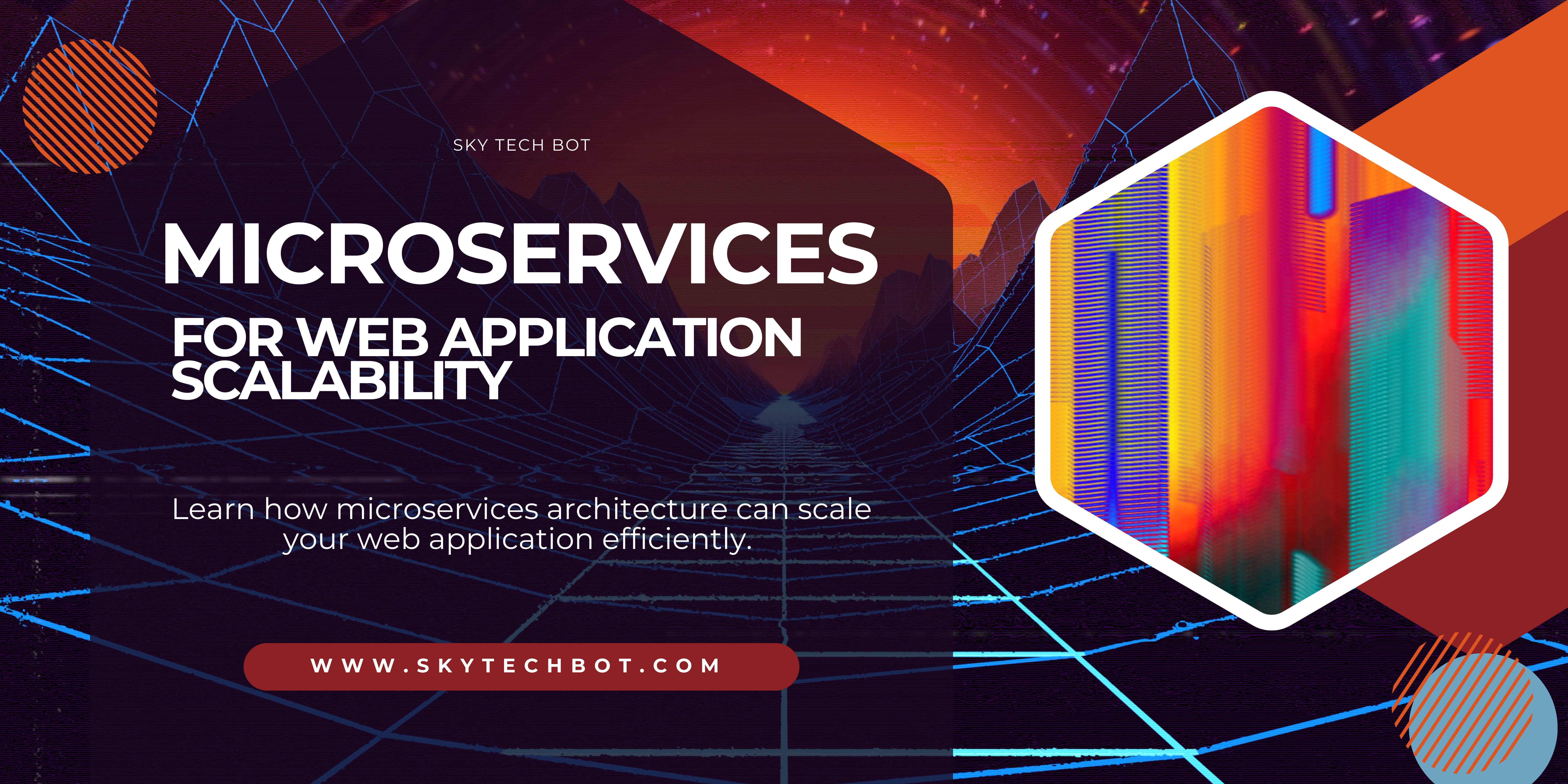Scaling a web application efficiently is a challenge for growing businesses. Traditional monolithic architectures often face performance bottlenecks, whereas microservices provide a flexible and scalable solution. In this blog, we’ll explore how microservices architecture can enhance scalability, improve performance, and optimize resource management.
Why Microservices Are the Future of Scalable Web Applications
Unlike monolithic architectures, microservices break an application into smaller, independent services that communicate via APIs. This modular approach allows for:
- Enhanced Scalability: Scale individual services instead of the entire application.
- Faster Deployment: Update or deploy services without affecting the entire system.
- Improved Performance: Optimized resource allocation ensures better load balancing.
- High Availability: Failure in one service doesn’t crash the entire application.
- Technology Flexibility: Different microservices can use different programming languages and databases.
Key Components of a Microservices Architecture
To implement a scalable microservices architecture, consider the following components:
- API Gateway: Manages service requests and security.
- Containerization (Docker, Kubernetes): Ensures lightweight and efficient deployment.
- Load Balancing: Distributes traffic effectively to prevent service overload.
- Service Discovery: Automates service registration and discovery.
- Database Decentralization: Each microservice can have its own database for optimized queries.
Best Practices for Implementing Microservices
To ensure your web application scales efficiently, follow these best practices:
- Design services with clear boundaries and avoid tight coupling.
- Implement API-first development for smooth communication between services.
- Use asynchronous communication with message queues like Kafka or RabbitMQ.
- Monitor performance with observability tools like Prometheus and Grafana.
- Automate deployments with CI/CD pipelines for faster updates.
How to Get Started with Microservices?
If you’re planning to migrate your web application to a microservices architecture, start with:
- Identifying monolithic bottlenecks that need scaling.
- Choosing the right technology stack (Node.js, Python, PHP, Java, etc.).
- Using containerization (Docker) and orchestration (Kubernetes).
- Implementing a robust API strategy for seamless communication.
Need Help with Microservices Development?
At Sky Tech Bot, we specialize in scalable microservices architecture for modern web applications. Whether you need consultation or full-scale development, we’ve got you covered.


